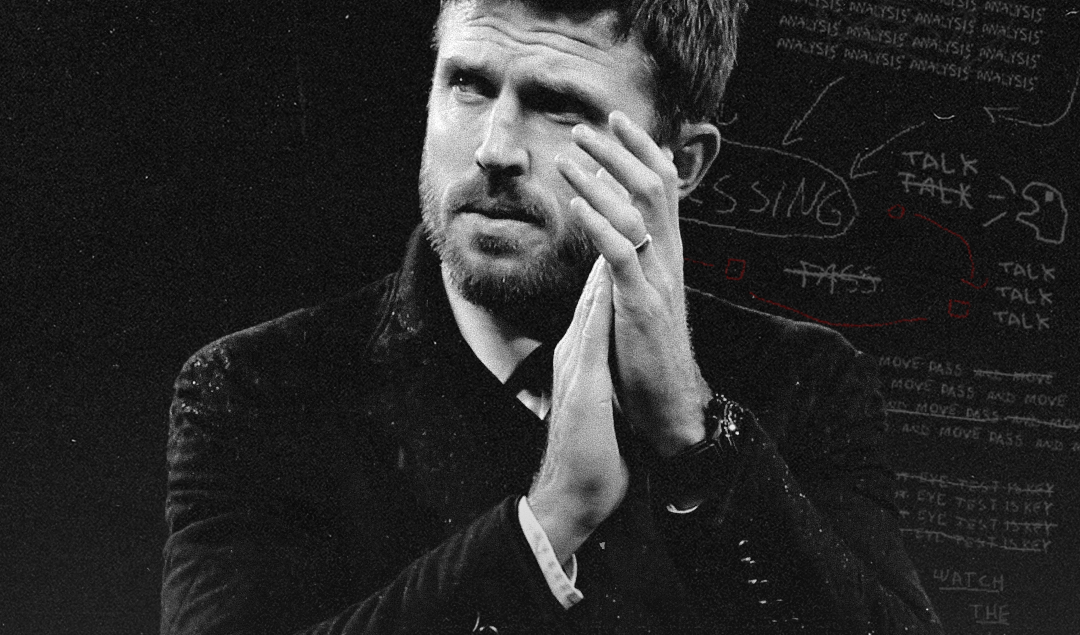The Changing Face of Football Sponsorships: Key Trends and Innovations
https://pixabay.com/photos/balls-footballs-training-8049598/
Back in the day, sports sponsorships were just signed agreements between goods manufacturers and coaches, agreeing upon sponsoring the team on one side and using their logos and colors on the other. Today football sponsorships are evolving rapidly.
This is driven by the fast digital age, new trends, and constant innovation, which are changing fan engagement and brand strategy from the ground up. A long time ago, it was just about naming stadiums and branding jerseys, but today, things are changing. In the industry, blockchain partnerships, classic virtual advertising, and AI fan experiences are gaining popularity.
Nevertheless, both brands and football teams are finding new and exciting ways to connect to their audience, allowing the field to constantly grow. We will explore the key trends currently in motion when it comes to football sponsorships, as well as innovations that are promising to shape the sector and the whole sports industry.
Digital Transformation
Social media has enabled different brands to directly connect with a global audience. They use interactive content and influencers to reach new fans. That is how these digital platforms have revolutionized how we look at our favorite football teams.
For them, this brings new ways to engage with their audience but also, more importantly, this means creating new revenue streams. Of course, it doesn’t just end with social media.
Trends like blockchain technology and NFTs provide even more new experiences to fans. They are exclusive digital collectibles that go with streaming partnerships and virtual advertising. In fact, this has become so popular that both clubs and leagues, as well as their sponsors, must adapt if they want to stay relevant in today’s world of football partnerships.
The Rise of iGaming Sponsorships
The digital transformation of football partnerships didn’t stop at iGaming. Digital casinos and gambling in general have always been a huge part of sports sponsorships. iGaming companies are very popular among clubs and leagues because they offer high-profile contracts.
They cater to clients worldwide, with the rise in sports betting and virtual casinos. iGaming brands reach a global audience through football. Of course, for clubs and leagues, this means not just traditional shirt branding but also in-stadium promotions and exclusive betting content.
Leading football clubs are attracting major iGaming sponsors, putting casino brands in the spotlight. This exposure helps fans explore online casinos, and compare best online casino bonuses that you could definitely use for entertainment and rewards.
New Sponsorship Models
Traditional types of deals are almost eradicated. New models are taking their place because fan engagement and visibility are the goal today. Football sponsorships have recently grown towards models like wearable tech, eSports partnerships, and content collaboration.
Wearable tech allows brands and clubs to connect with both their fans and their players. ESports partnerships bridge the once-huge gap between football fans and the gaming community.
The biggest and most popular model is content-driven collaborations. These can be long-form content like documentaries and series, but the one that stands out is social media campaigns. They are a popular sponsorship option because they reach the most people and create enormous funding funnels.
Global Reach and Local Partnerships
Bigger clubs and even leagues will attract international sponsors. These partnerships tap into a diverse fanbase and generally use digital campaigns and overseas tours. Smaller clubs, on the other hand, look for local partnerships that will engage the community. This is generally done through academies and fan experiences.
That is why football sponsorships needed to be in between brand visibility and engagement, trying to find the balance between both and assuring teams get the most out of these deals.
Sustainability and Ethical Sponsorships
In today’s world, just reaching out to fans isn’t going to seal the deal. People are looking for social responsibility and sustainability. Today’s audience demands ethical business practices and that is why clubs and brands need to prioritize this in partnerships.
For companies, this means environmental initiatives like eco-friendly kits, sustainable transportation, and carbon-neutral stadiums. Of course, diversity, inclusion, and mental health awareness are something that showcases a club striving toward positive change. Football sponsorships need to be ethical and sustainable, to stay on top of their game.
Conclusion
We can see that regulations are evolving and the sector is constantly growing. The future of sports sponsorships is sure to adapt and integrate technology, globality, and ethics into it.
In the end, you have seen that football sponsorships are undergoing a huge transformation, and behind it are digital innovation, sustainability, and fan engagement. That is why we today are starting to use even more social media and eSports deals, which forge deeper connections with our fans.
Of course, this does not mean local and ethical sponsorships are excluded. It just showcases that trends like iGaming are here to stay, promising a bigger future for football sponsorships.

